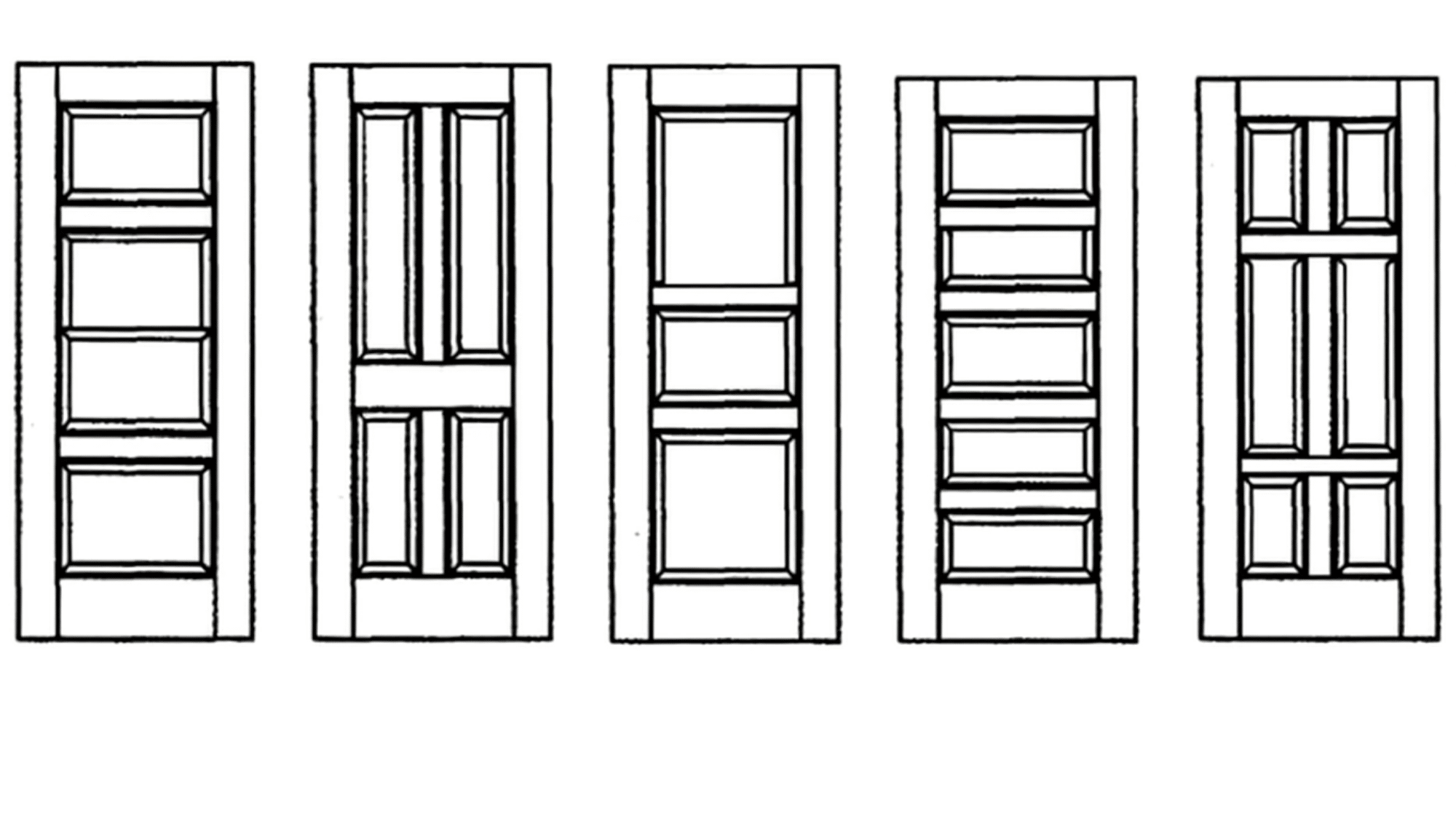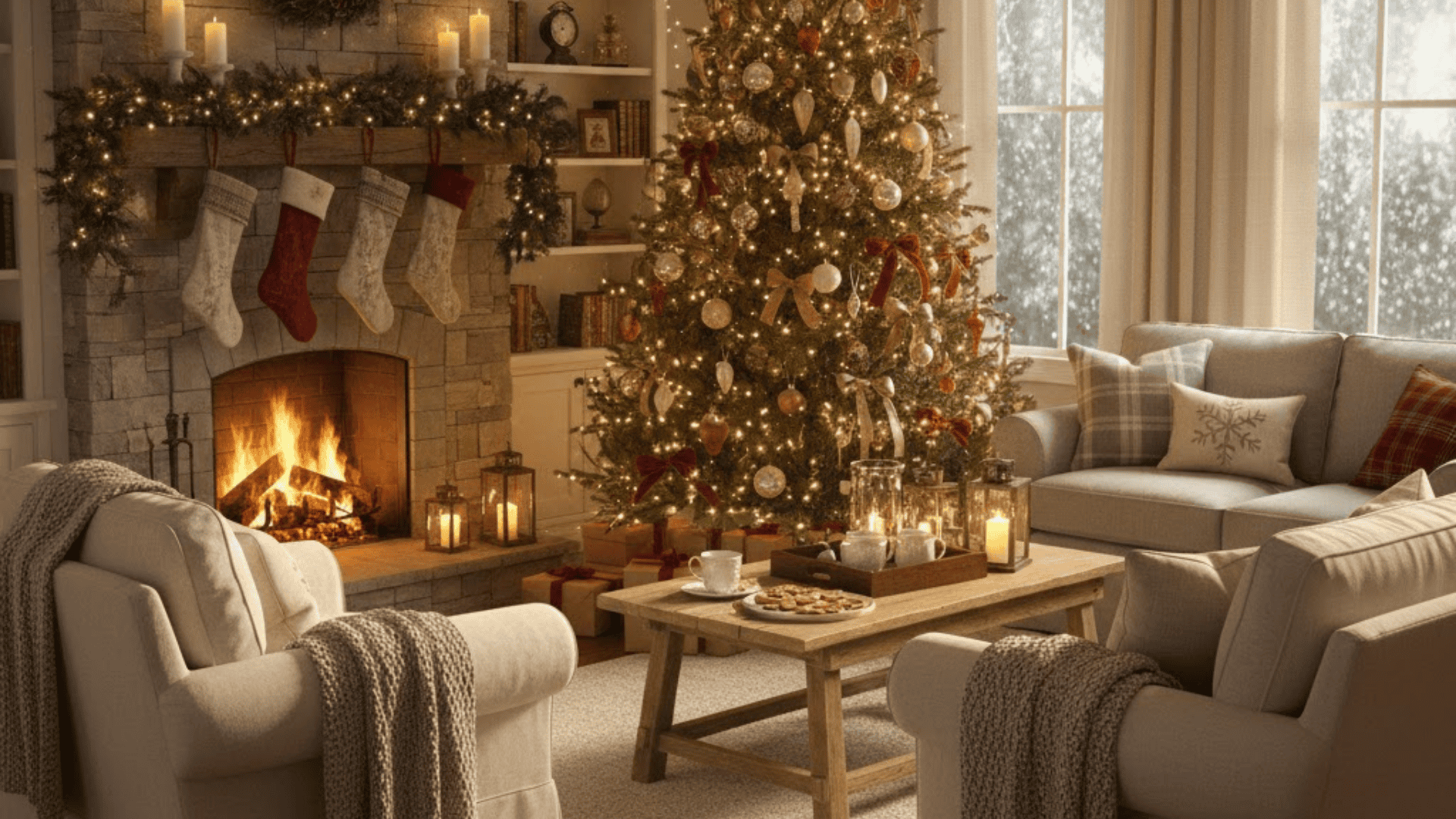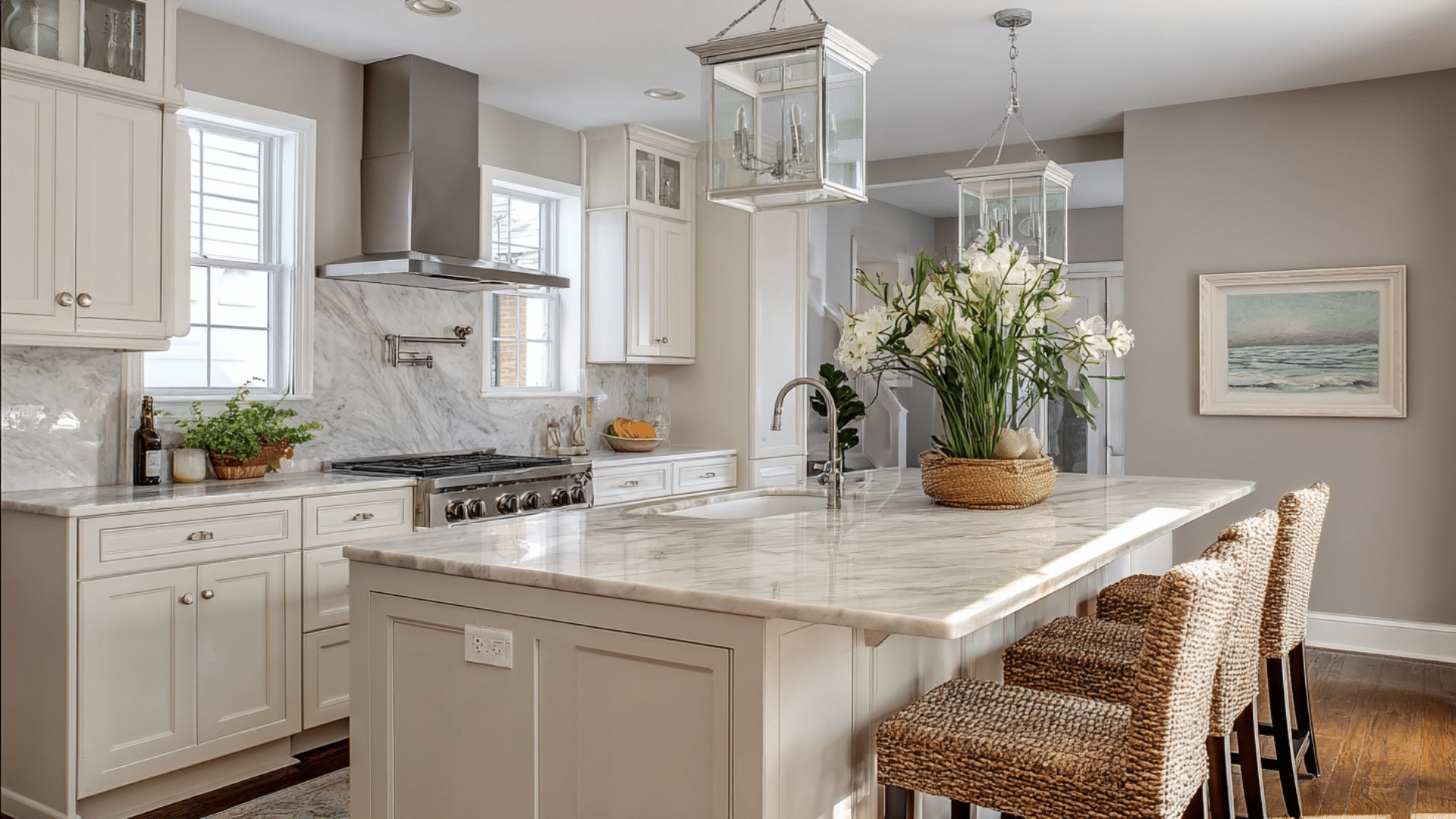Have you ever noticed how certain doors instantly change the character of a room without demanding attention? That’s what the design of a stile and rail door does.
With clean lines, classic design, and reliable construction, it serves as more than a divider between spaces; it becomes a statement piece.
Built from vertical stiles and horizontal rails that frame panels or glass, this type of door blends strength with style in a way that suits both traditional and modern interiors.
So what gives these doors their appeal, and why are they still widely used today? Let’s give it a read.
What are Stile and Rail Doors?
Stile and rail doors are a classic door construction method that’s been around for centuries.
They consist of a wooden frame composed of vertical pieces, called stiles, and horizontal pieces, called rails. These frame pieces hold panels in place, creating a sturdy yet attractive door.
The stiles run along the sides of the door. Rails go across horizontally at the top, bottom, and sometimes in the middle.
Together, they form a solid framework. Panels fit into grooves cut into this frame, filling the open spaces.
The frame provides structural strength while panels add visual interest. People choose these doors because they resist warping and can handle heavy use.
They work well for both interior and exterior applications.
Stile and Rail Door Components
Knowing the individual parts helps people appreciate why these doors perform so well. Each component plays a specific role in creating a strong and attractive door.
1. Stiles
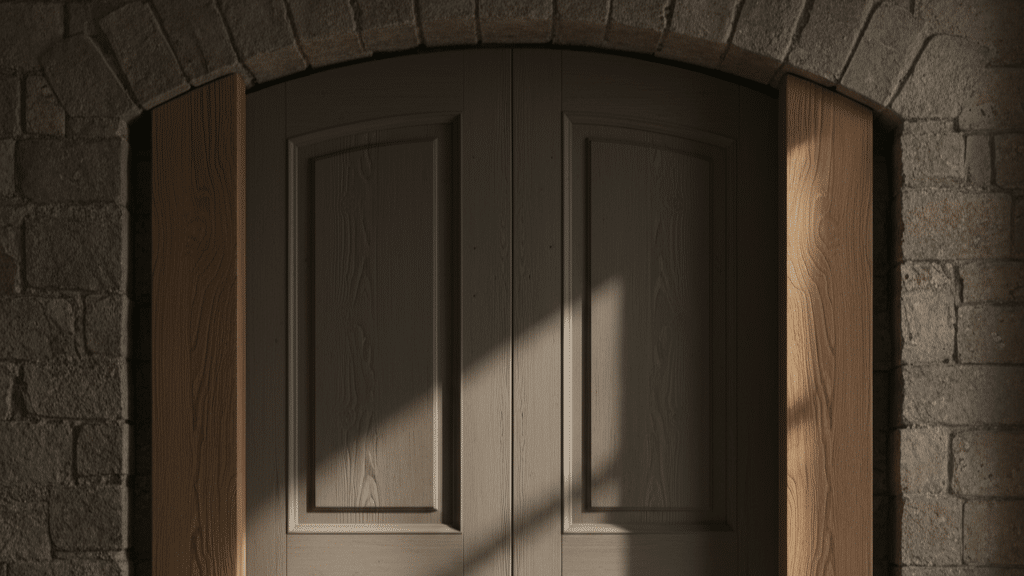
Door stile is the vertical frame piece that forms the backbone of the door. It runs from top to bottom on both the left and right sides.
These pieces bear most of the door’s weight and handle the stress from opening and closing.
Key characteristics of stiles:
- Typically 2-4 inches wide, depending on door size
- Made from solid wood or engineered lumber
- Contain grooves to hold panels securely
- House the mortise and tenon joints at rail connections
- Often reinforced where hinges and locks attach
2. Rails
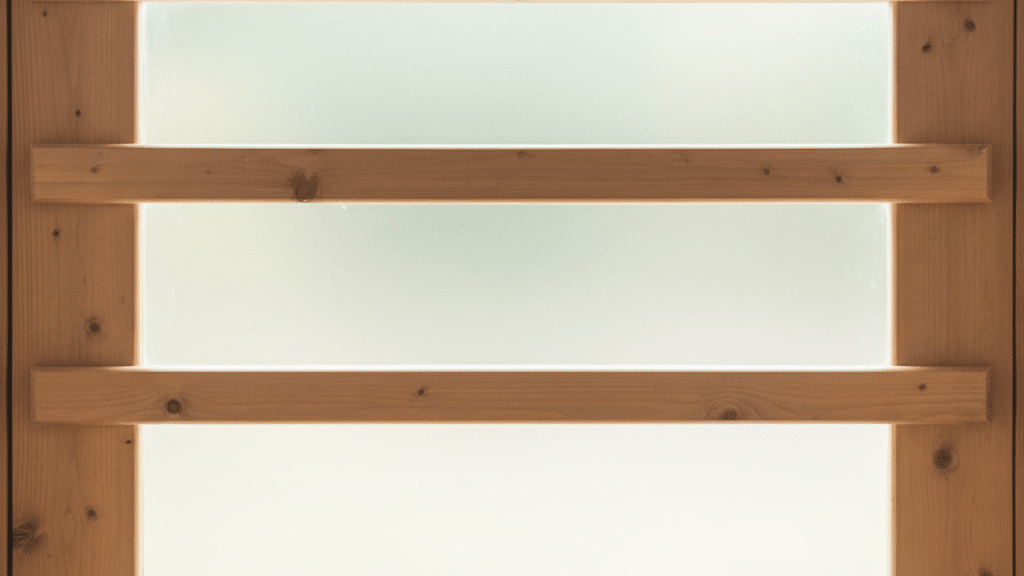
Rails are the horizontal frame members that connect the stiles to each other. Most doors have at least two rails – one at the top and one at the bottom.
Some designs include a middle rail for added strength or visual balance.
Important features of rails:
- Usually match the width of the stiles
- Create the door’s overall height structure
- Form solid joints with stiles using mortise and tenon connections
3. Panels
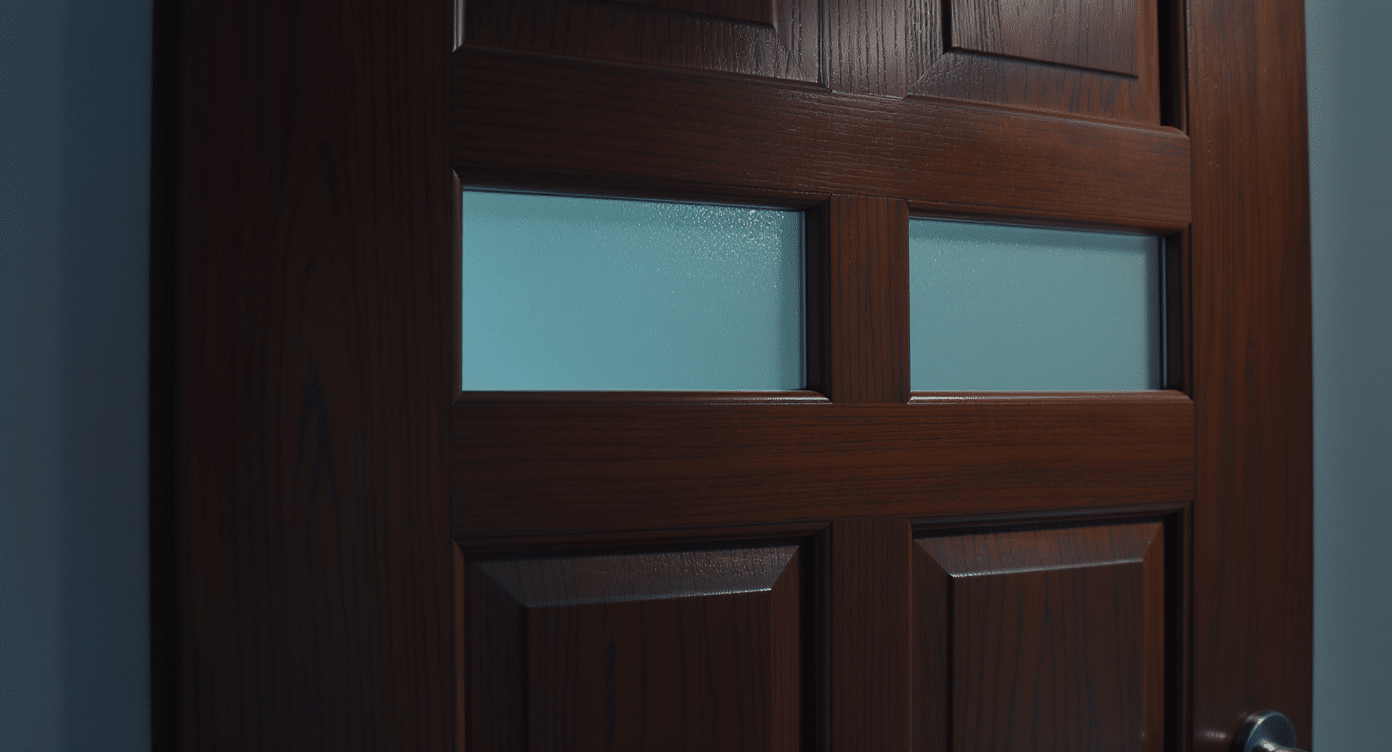
Panels fill the spaces between the stiles and rails.
They come in various styles and materials to match different design preferences. They can be flat, raised, or have decorative patterns cut into them.
Panel variations include:
- Raised panels that add depth and shadow lines
- Glass panels to allow light transmission
- Louvered panels for ventilation purposes
- Solid wood, plywood, or MDF construction options
4. Joints
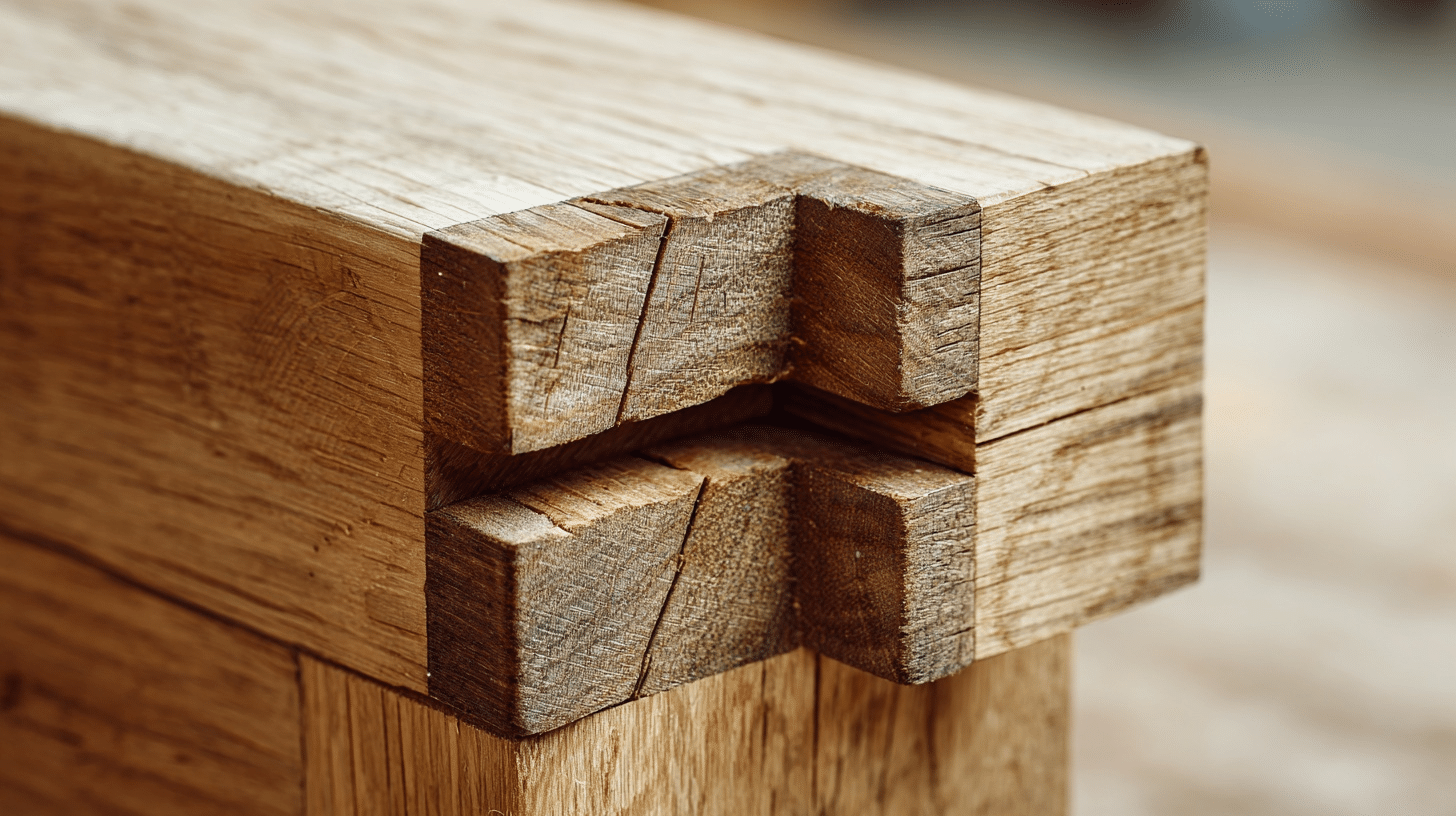
The joints hold everything together and determine the door’s long-term durability. Mortise and tenon joints are standard for stile-and-rail construction.
They create incredibly strong connections that last for decades.
Joint specifications:
- Mortise holes cut into stiles to receive rail tenons
- Tenons are shaped on rail ends to fit mortise openings perfectly
- Often secured with wooden pegs or modern adhesives
- Allow for minor wood movement without loosening
Uses of Stile and Rail Doors
These doors are well-suited for various situations around the home. Their sturdy construction and classic appearance make them a perfect fit for both indoor and outdoor applications.
1. Interior Room Doors – Ideal for bedrooms, bathrooms, and closets where durability is a priority. The solid frame construction handles daily use without sagging or warping.
2. Front Entry Doors – Creates an impressive first impression with traditional styling. The build provides security while maintaining curb appeal for years.
3. Kitchen Cabinet Doors – Ideal for cabinet faces that showcase quality design. The perfect door design resists moisture better than other styles.
4. Barn Doors – Popular choice for sliding barn door installations. The frame and panel structure looks stylish all the while providing modern functionality.
5. French Doors – Glass panels between stiles and rails create patio or room dividers that let light flow through spaces.
Benefits of Choosing a Stile and Rail Door
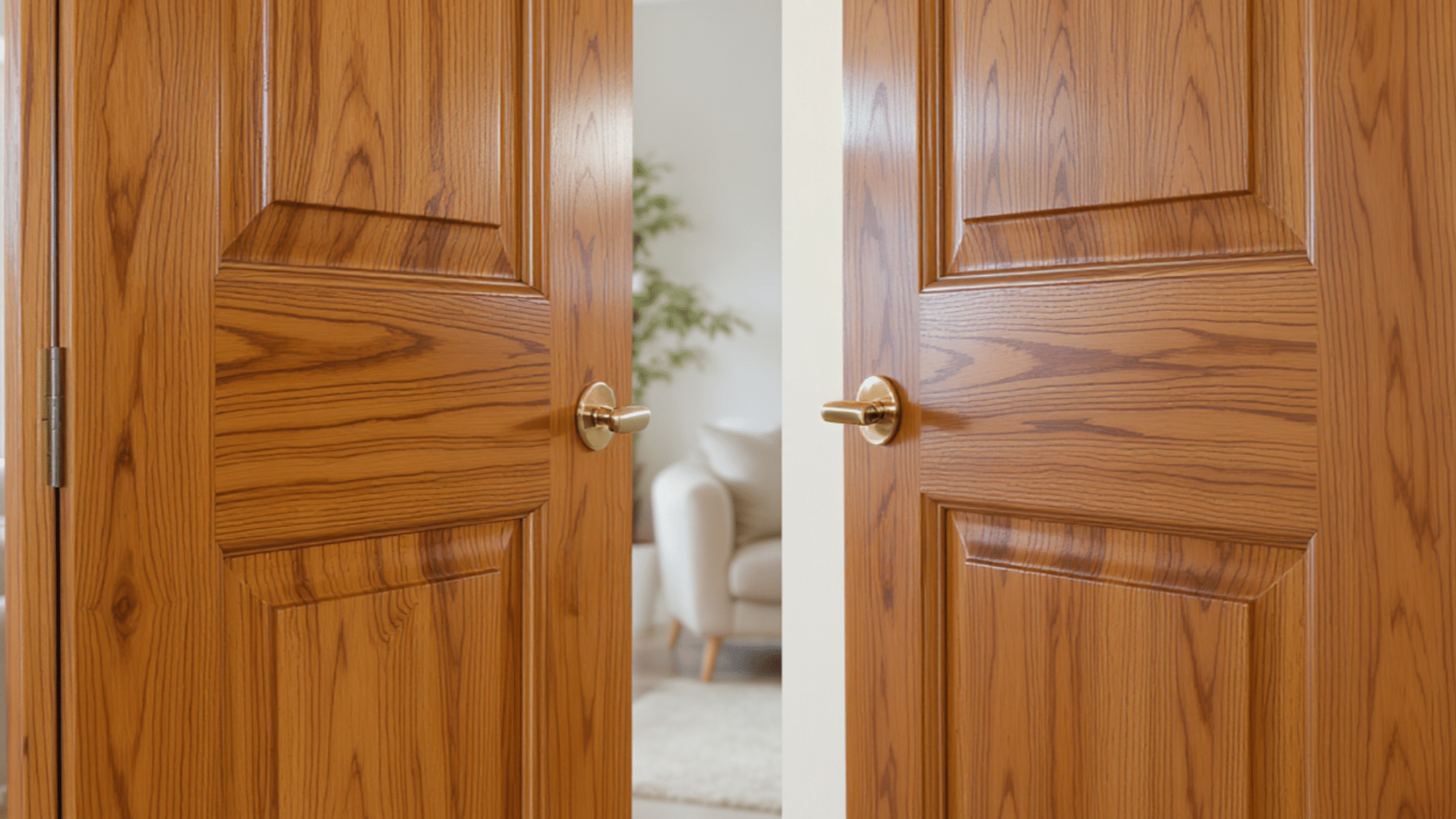
These doors offer several advantages that make them a smart investment for people. Their traditional construction method provides both practical and artistic benefits.
Key Advantages:
- Exceptional longevity through superior joint construction that maintains alignment decade after decade
- Minimal upkeep requirements – regular cleaning and periodic refinishing maintain their appearance with ease
- Straightforward repair options thanks to the accessible construction design
- Versatile aesthetic options ranging from sleek flat panels for contemporary homes to elegant raised panels for classic architecture
- Compatible with diverse architectural styles, from modern minimalist to traditional colonial
Long-term Value:
Though stile and rail doors may require a larger upfront investment compared to mass-produced options, their cost-effectiveness reveals itself over time.
The combination of remarkable durability and minimal replacement needs makes them a more economical choice than seemingly cheaper doors that require frequent replacement or extensive repairs.
Wrapping it Up
A stile and rail door is a blend of strength, style, and adaptability that has made it a favorite addition in homes and buildings. Its simple yet effective construction allows for numerous design choices, from solid panels to glass inserts, fitting both classic and modern spaces with ease.
By knowing its structure, components, and uses, you can make a confident choice that adds both function and character to your interior.
If you’re seeking a door that balances sturdiness and design, this option remains a dependable solution.

